Thursday, 10:59am
7 March 2013
Wanted: space for posters
In the wake of last week’s V&A symposium, two attendees make an impassioned plea for the foundation of a British poster museum.
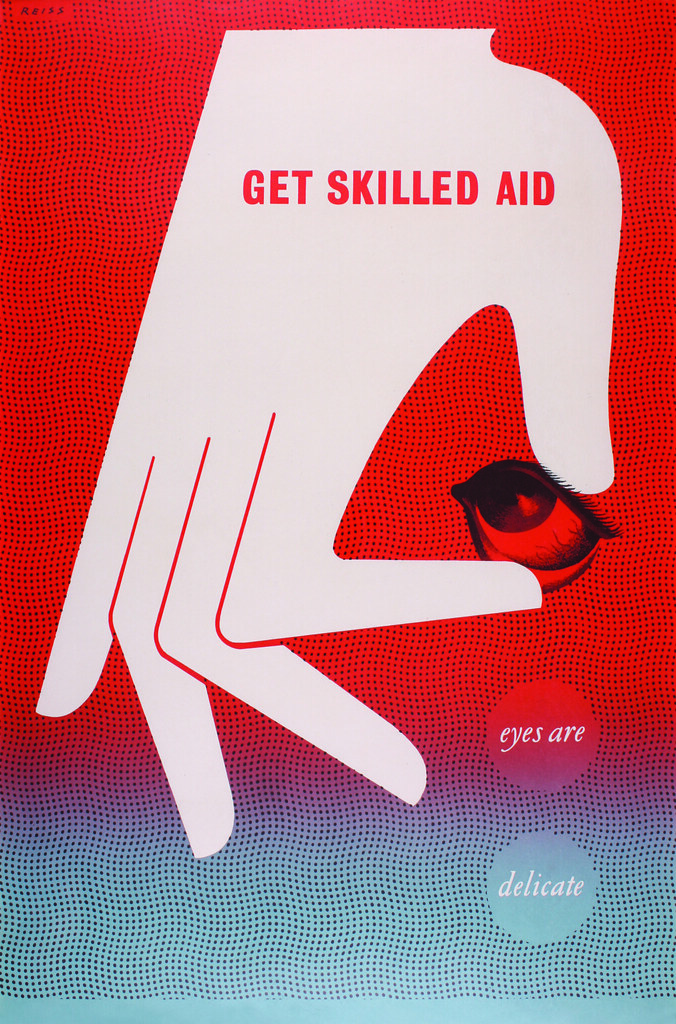
For more than two centuries the poster has occupied public space on hoardings, building sites, the sides of buses and commercial vehicles, plus every conceivable spot where these images might be caught within the public eye, write Naomi and Daniel Games.
Posters are an indicator of contemporary life and are a unique record of our social history. They advertise everything from fuel to film. In wartime they exhorted the populace to grow more vegetables, and soldiers not only to maintain their weapons in good condition, but their bodies too. The poster has mirrored, and still mirrors, the life of the society in which we live and can be a power for good.
Abram Games. Top: Manfred Reiss, for RoSPA, 1942.
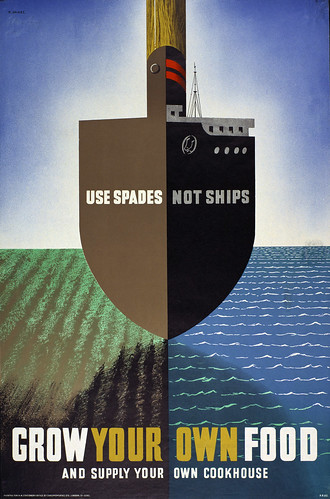
Edward McKnight Kauffer, 1935.
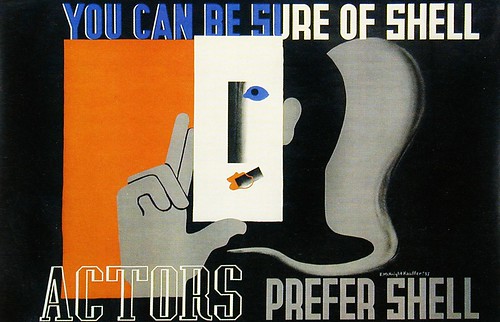
In its modern incarnation the format has changed to accommodate the pace and speed of modern living. From the vertical portrait the poster medium has morphed into a landscape frame to allow the viewer to see it from a moving vehicle. It can be from moving escalators and elsewhere, where multiple images are repeated hypnotically in order to entice the viewer.
Sometimes the image is funny, and sometimes it is devilishly subtle. From health to politics to political protest there is a poster to match every aspect of our life, and the method of transmission, now that technology has opened up new possibilities, is almost as varied as the messages themselves.
Alan Kitching, 2009.
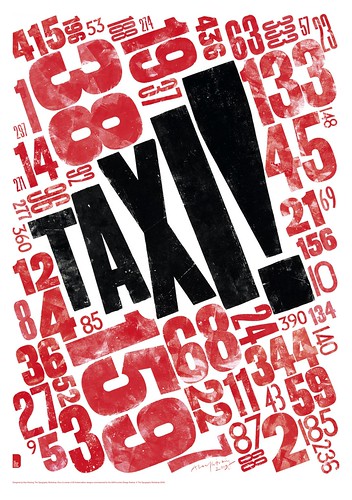
Poster from David Gentleman’s Stop the War Coalition series, 2003-2010.

Posters are archeology in the making, and future generations will look at these striking images and learn more about us. Because of this, and because of their art content and beauty, some have become collector’s items and are held in private and public archives, all over the world. Because they are ephemeral, some have become scarce and have increased in value.
The collections that hold these posters are many. Some hold other work such as preliminary sketches, letters relating to the images, and the tools used to produce them. Correspondence and networking between these institutions is widespread for the purpose of research and the mounting of exhibitions, but nowhere in this country of ours is a single museum dedicated solely to the poster.
There are dedicated poster museums in Denmark, Finland, Poland, Germany, Switzerland, Japan, Holland, France and China. Here in the UK there is a yawning gap in our culture, which needs to be addressed. Last Friday’s V&A symposium ‘Posters: Collection, Creation and context’, where we made this public plea for a UK poster museum, was a reminder of the richness, diversity and value of British posters. We offer this topic for wider discussion.
Misha Black & Kraber (John Rowland Barker), 1947.
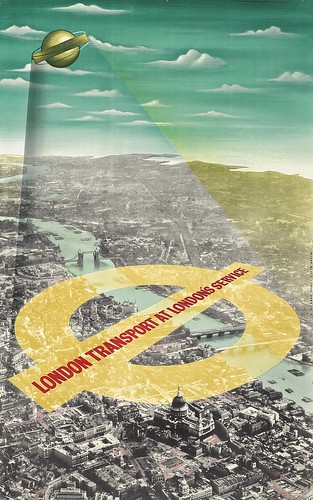
See ‘The purpose of posters’ and ‘Stop, look, listen’ about modern British posters on the Eye blog.
Daniel Games, potter & gardener, London.
Naomi Games, designer & author, London.
Eye is the world’s most beautiful and collectable graphic design journal, published quarterly for professional designers, students and anyone interested in critical, informed writing about graphic design and visual culture. It is available from all good design bookshops and online at the Eye shop, where you can buy subscriptions and back issues.
